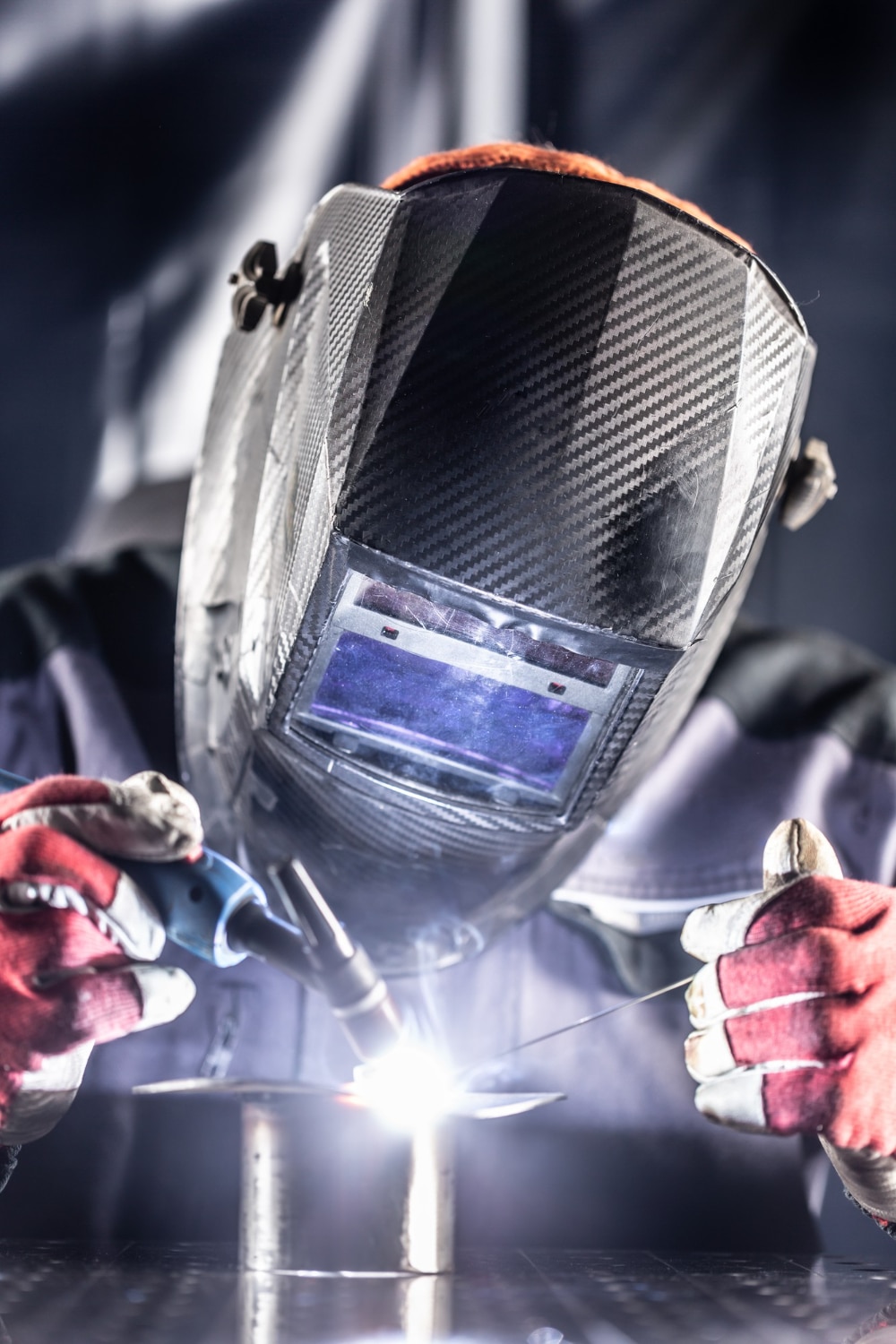Are you interested in learning Basic Welding Techniques? Whether you want to pursue welding as a full-time job or you simply want to add new skills to take on several projects at home, you will want to understand the different welding methods.

Basic Welding Techniques
But how do you know where to start? Which method is the easiest to learn for novice welders? To answer these questions, we are going to tackle the different methods first and then walk you through the easiest welding schools technique.
What are the different types of welding?
For those engaged in welding activities, especially in shipyards, it’s essential to prioritize safety and adhere to proper procedures. Consider investing in shipyard hotwork training to ensure that hot work is performed safely and efficiently.
If you ask welders what their preferred welding machines are, you might hear them mention the best Forney welders. But, they will most likely have different answers to which basic welding techniques they prefer. Regardless of which, there are a few basic styles that every welder follows.
These styles share one common factor: creating a metal pool and pushing or pulling–depending on the welding method used–a metal rod or an electrode through it. To ensure the two pieces of metal are properly welded, you need to work evenly between them.
MIG Welding
This is the most common welding method among novice welders. MIG welding, in simple terms, involves producing an electrical current between the two materials that need to be fused. The welding wire that acts as the electrode provides the electric current.
A complete circuit is generated as soon as the welding wire comes into contact with the metal, and as the welding wire is slightly pulled away from the metal, it creates an electric spark that gets hot enough and causes the ends of the metals to melt and fuse.
Throughout the welding process, the welding wire is discharged from the welding gun and fed to the metals as it keeps melting.
Apart from allowing the wire to pass through, the welding gun also performs an important job. It releases gas throughout the process to protect the weld from nitrogen and other forms of gases and decontaminate the air around. When the weld cools down, a seam where the two metals meet becomes visible.
TIG Welding
This type of welding requires precision and skill on a whole new level. Like MIG, it also involves the use of an electrode, but rather than a wire that gets fed into melting metals, TIG utilizes a tungsten metal rod.
A TIG welder is also equipped with a welding gun, but rather than a welding wire in it; it uses a filler rod. It also creates an electric arc that melts the filler rod and metal to weld them together. Gas is also emitted from the welding gun to shield the metal being welded from any contaminants.
The electric current running through the circuit in TIG welding can be altered with the use of a pedal found on the TIG welder. The pedal allows you to lower down or increase the temperature to prevent the metal from undergoing thermal shock and becoming brittle.
In this process, the welder will have to constantly dip the rod in and out of the metal pool created by the two metals melting together from the heat.
Stick Welding
A bit more complex than MIG, Stick is a two-handed welding process. To perform this process, a flux-coated metal filler rod is required. When the flux coating on the rod is heated, it releases gas as it melts and turns into a liquid slag. Both the gas and the liquid slag prevent the metals being welded from getting oxidized.
The gas disperses on its own, while the liquid slag requires a clean-up by using solvents and removing it with a sander.
How to MIG Weld?
Okay, since MIG is the easiest type of welding, let’s take a closer look at it, shall we?
When the trigger of the welding gun is pulled, an arc is produced between the workpiece or the metal being welded and the wire electrode. The arc melts both metals–the workpiece and the welding wire–and forms a weld pool. As the metals continuously melt, the wire is fed through a contact tube which conducts electric current into the wire.
Environmental elements can ruin your weld. To prevent this, MIG welding protects the workpiece by using a shielding gas which is supplied through the nozzle surrounding the wire.
A good MIG welding machine is equipped with a welding gun, a ground clamp that will complete the electrical circuit, and metals to be welded. It’s also important to read through the welder manual carefully.
MIG welding works best with thicker metals. To avoid burning through the metals you will be welding, having them oxidized, or creating metal lumps, you will need to carefully manage the voltage.
As long as the welder of the gas tank contains the right mix of gases at the right pressure, then you’re good to weld!
Conclusion
Welding is not as easy as many people think. It involves a lot of proper shipyard hotwork training, dedication, and commitment. So, before you start picking up that welding machine, you need to be properly trained to be well-informed about the common methods of welding and the materials they require.
Determine which method works best, and you’re most comfortable with. Practice welding on scrap metals first before you shift to materials of value.

